
Scientists in Japan have made a breakthrough in the fight against cancer using artificial DNA. Lab tests successfully targeted and destroyed human cervical and breast cancer cells, as well as mouse malignant melanoma cells.
Hairpin-shaped DNA interacts with microRNA in cancer cells, activating an immune response.
University of Tokyo researchers have made a breakthrough in the fight against cancer with the use of artificial DNA. In laboratory tests, the method effectively targeted and destroyed human cervical and breast cancer cells, as well as malignant melanoma cells from mice. The team designed a pair of chemically synthesized DNA, shaped like hairpins, specifically to kill cancer cells. When injected into cancer cells, the DNA pairs attached to microRNA (miRNA) molecules that are overproduced in certain cancers.
The DNA pairs, upon attaching to the miRNA, unraveled and combined, forming longer chains of DNA that activated an immune response. This response not only eliminated the cancer cells but also prevented the continuation of cancerous growth. This innovative approach stands apart from traditional cancer drug treatments and is hoped to usher in a new era in drug development.
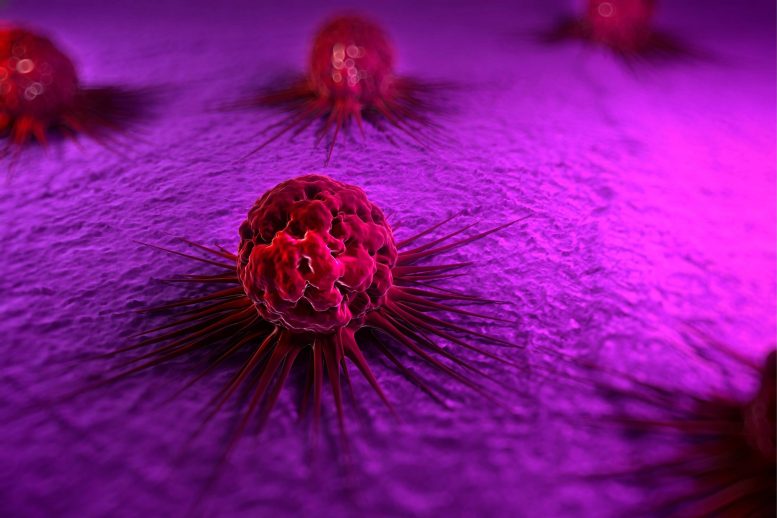
Cancer is a disease that affects millions of people globally. Cancer is one of the leading causes of death, with approximately 9.6 million deaths occurring in 2018. It is estimated that one in five men and one in six women will develop cancer in their lifetime.
Cancer is a sadly familiar global health concern and current methods of treatment have their limitations. However, drugs based on nucleic acids — namely DNA and RNA, the vital information-carrying molecules — can control the biological functions of cells and are expected to transform the future of medicine and provide a significant boost towards efforts to overcome cancer and other hard-to-treat illnesses, caused by viruses and genetic diseases.
A research group at the University of Tokyo, led by Assistant Professor Kunihiko Morihiro and Professor Akimitsu Okamoto from the Graduate School of Engineering, were inspired to create a new anticancer drug using artificial DNA. “We thought that if we can create new drugs that work by a different mechanism of action from that of conventional drugs, they may be effective against cancers that have been untreatable up to now,” said Okamoto.
Nucleic acid drug use for cancer treatment has been challenging because it is difficult to make the nucleic acids distinguish between cancer cells and other healthy cells. This means there is a risk of adversely affecting the patient’s immune system if healthy cells are inadvertently attacked. However, for the first time, the team was able to develop a hairpin-shaped DNA strand that can activate a natural immune response to target and kill specific cancerous cells.
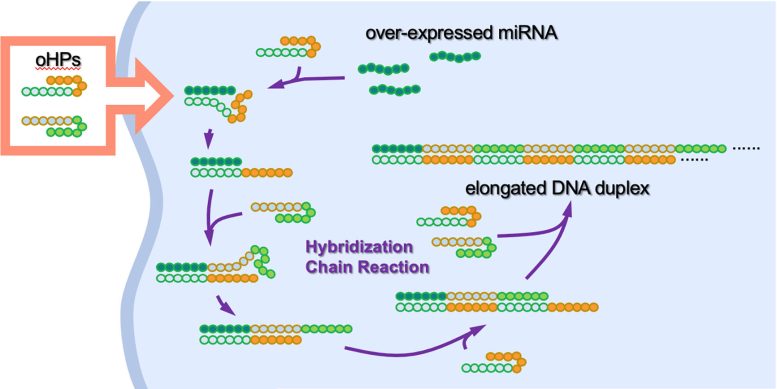
Oncolytic DNA hairpin pairs (oHPs) are introduced to the cancer cell. When the oHPs encounter the tumor-causing overexpressed microRNA (miRNA), they unravel to connect with the miRNA and each other to form longer DNA strands. These elongated strands then trigger an immune response, the body’s built-in defense mechanism, which inhibits further tumor growth. Credit: 2022 Akimitsu Okamoto
Cancer cells can overexpress, or make too many copies of, certain DNA or RNA molecules, causing them to not function normally. The team created artificial oncolytic (cancer-killing) hairpin DNA pairs called oHPs. These oHPs were triggered to form longer DNA strands when they encountered a short (micro) RNA called miR-21, which is overexpressed in some cancers.
Typically, oHPs don’t form longer strands due to their curved hairpin shape. However, when the artificial oHPs enter a cell and encounter the target microRNA, they open up to combine with it and form a longer strand. This then causes the immune system to recognize the presence of the overexpressed miR-21 as dangerous and activate an innate immune response, which ultimately leads to the death of the cancer cells.
The tests were effective against overexpressed miR-21 found in human cervical cancer-derived cells, human triple-negative breast cancer-derived cells, and mouse malignant melanoma-derived cells. “The formation of long DNA strands due to the interaction between short DNA oHPs and overexpressed miR-21, found by this research group, is the first example of its use as a selective immune amplification response which can target tumor regression, providing a new class of nucleic acid drug candidates with a mechanism that is completely different from known nucleic acid drugs,” said Okamoto.
“The results of this study are good news for doctors, drug discovery researchers, and cancer patients, as we believe it will give them new options for drug development and medication policies. Next, we will aim for drug discovery based on the results of this research, and examine in detail the drug efficacy, toxicity, and potential administration methods.” This research still has many steps to go before a treatment can be made available, but the team is confident in the benefits of nucleic acids for new drug discovery.
Reference: “Oncolytic Hairpin DNA Pair: Selective Cytotoxic Inducer through MicroRNA-Triggered DNA Self-Assembly” by Kunihiko Morihiro, Hiraki Osumi, Shunto Morita, Takara Hattori, Manami Baba, Naoki Harada, Riuko Ohashi and Akimitsu Okamoto, 20 December 2022, Journal of the American Chemical Society.
DOI: 10.1021/jacs.2c08974
The study was funded by JST ACT-X, JSPS KAKENHI, an AMED Grant, and the Hitachi Global Foundation.




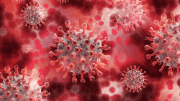
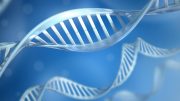
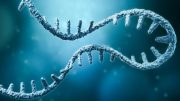
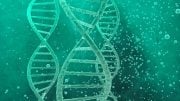

How can a cancer patient in Nigeria be a volunteer
Bla bla bla. This is the 1,264th cure they’ve found that will NEVER be put to use. Every 3 years they announce a new one. Pay attention. Yet we’re still using chemo and radiation that destroys your immune system and CAUSES cancer.
Sadly, I also must highlight the fact that these wonderful claims are made again and again never to be heard from again. The old “much work remains” or in this case, “Many steps to go” lines are a sure giveaway. If it worked, there would be, should be, no reason not to rush development and into patients that are dying and have nothing to loose.
I so wish they’d prove me wrong for once…
But does it come in cherry flavor?
A cure for cancer will never be used in a capitalist system, as you all know very well. Without patients returning to pay for a treatment that doesn’t work except to increase the bottom line of money collection to buy 20 bedroom homes all over the world and multiple super yachts and expensive divorces from 2nd. 3rd, 4th or more wives… Where is that about saving lives and doing no harm?